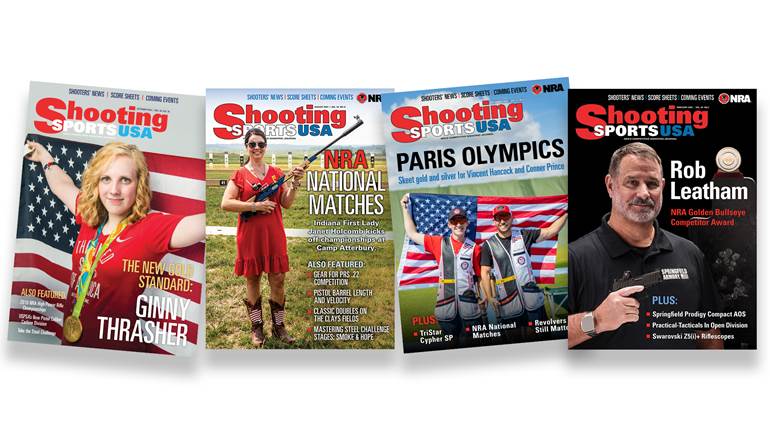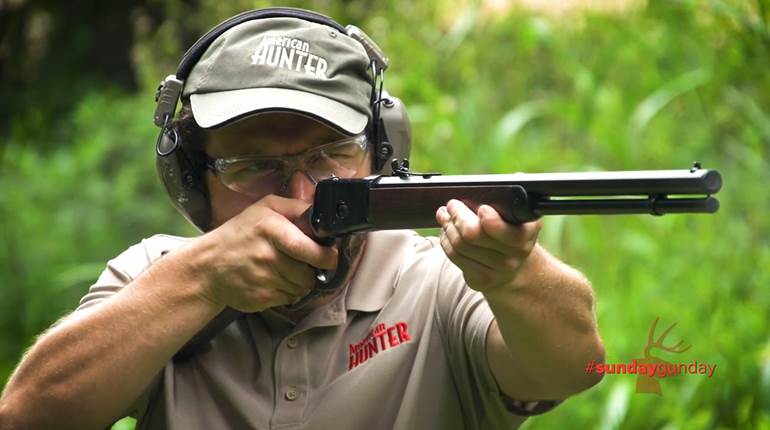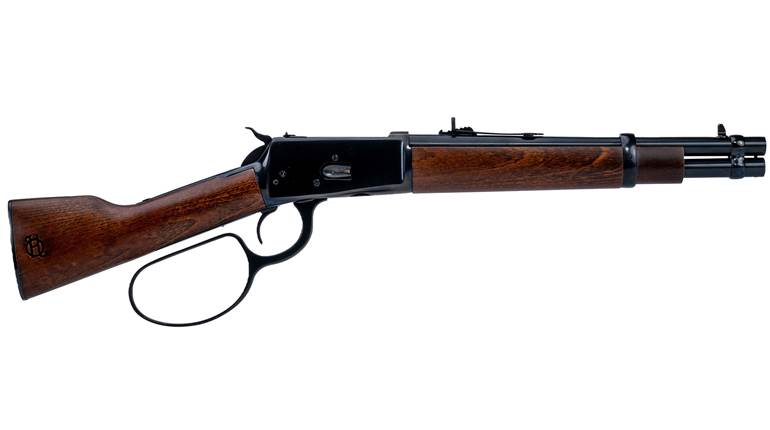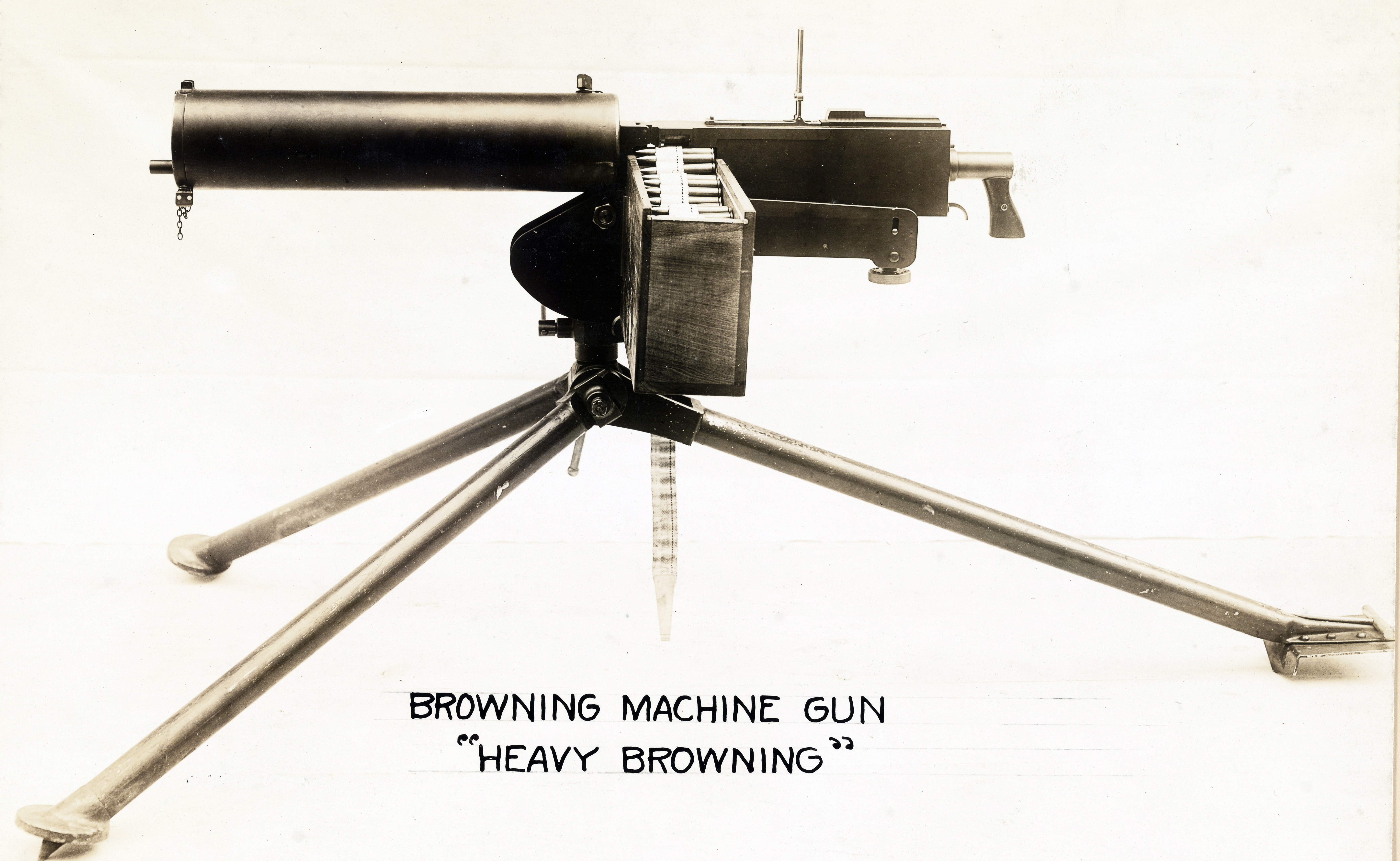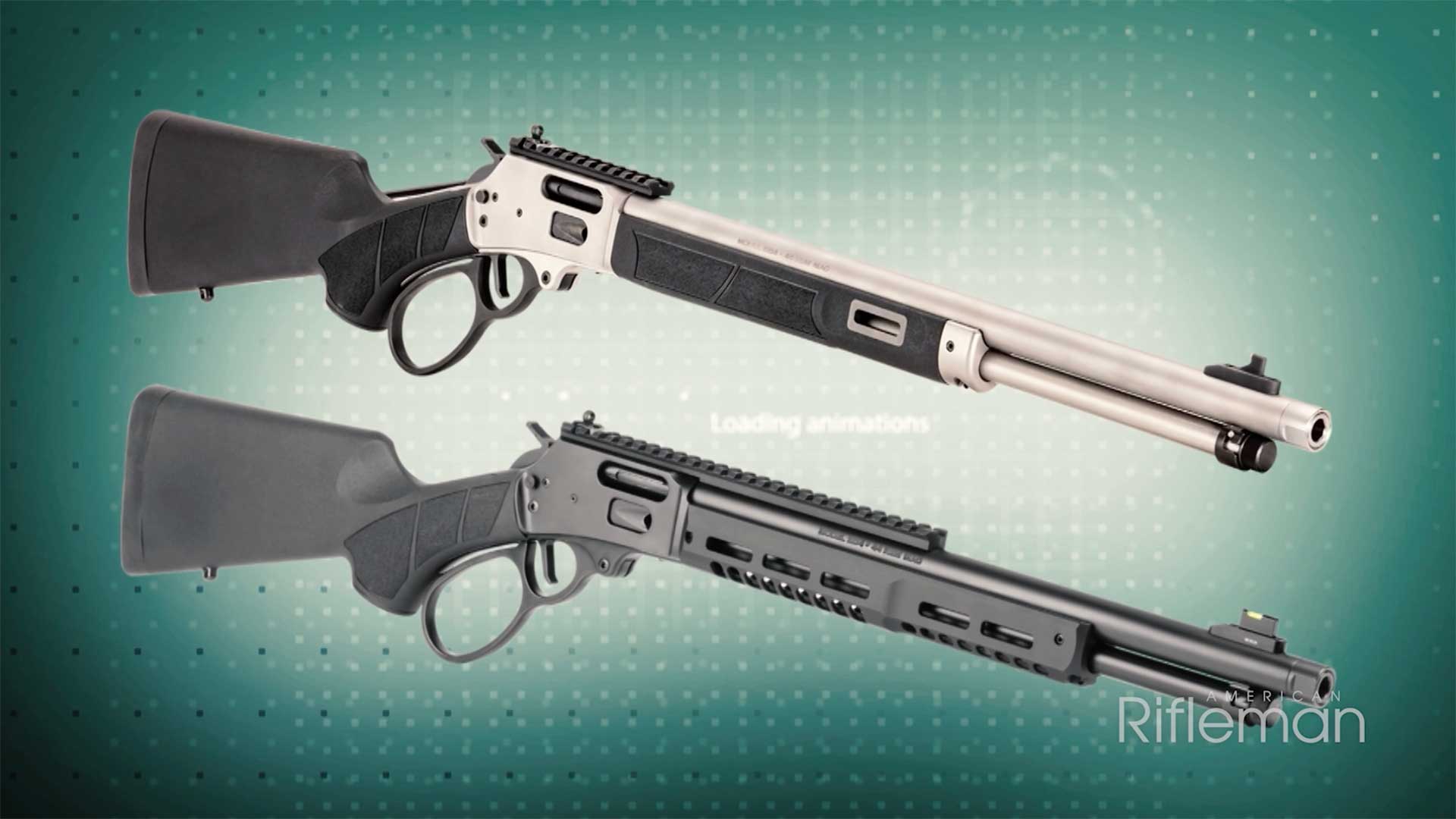
Sometimes even the busiest days are pretty fun. We are finishing the July issue of American Rifleman after coming off an intense week of filming the third quarter of “American Rifleman Television.” We on the magazine staff already have full-time jobs, but we put in some pretty intense weeks on television production. But sometimes there is a lot of fun buried in that intensity.
One of the guns we are doing this season for “I Have This Old Gun” is the MAS38 submachine gun. Adopted by the French in 1938, development began in 1935 as part of a small arms modernization program. Instead of introducing a new caliber into its logistics chain, the French decided to chamber the gun in the anemic 7.65 mm French Long cartridge. Now, this decision was made by the same geniuses that turned down the Browning Grand Puissance pistol—you may know it as the Hi Power—in favor of an indigenous design.
The MAS38 is an open-bolt, wood-stocked, straight blowback, with a square receiver and a downward sloping barrel that looks like it was run over by a German Panzer. I imagine quite few had been in 1940, but the French really meant it to look—and point—that way. The gun looks awkward, until you get it in your hands. Ergonomically, it is quite good. And it is very controllable, thanks to its anemic chambering.
The National Firearms Museum (if you have never been, you need to visit it) has had this gun in its collection for some time, and I have had my eye on it for years. They had never shot it. The problem was ammunition. Where do you get 7.65 mm French Long in quantities sufficient to stoke a submachine gun?
You have to know a guy. Kurt Wolff from U.S. Armament makes Gardner and Bulldog Gatling Guns for fun and profit, and even makes Gatlings for Colt when not scrounging ammo for me. I saw Kurt at the NRA Annual Meetings in St. Louis and he was kind enough to find a box or two for us to use for the TV show. And then I rooted around in our ammo room and came up with another dusty box of Old Western Scrounger brand. If the Museum lets us shoot its Pedersen Device, I can use the brass to make handloads.
We seriously didn’t even know if the gun would work, as the museum staff had never fired it either. As we were filming the interview portion of “Rifleman Reviews,” NRA Publications Armorer Christopher Olsen (the hardest worker on staff that week) slipped into the NRA Test range with the MAS38 and eight rounds of the precious ammo. Better to find out then and there that it doesn’t work, right? That way, we could schedule interviews on a different gun that worked if we had to make a change.
It did work for Christopher, so I got to insert a magazine, flip up and aim the offset sights (they are flush mounted on the left side; I guess eye dominance wasn’t something the French ordnance department determined to take seriously in the 1930s). The rear sight has two leaves that fold flat, so if you don’t know they are there, well, you are point shooting. Set at 50 meters, I went to town.
I am happy to report the gun worked just fine, better than fine, actually, both on the test and for the camera. You can see the video of me test firing it, as well as Christopher having some fun at the end of production. He needed a little fun.













